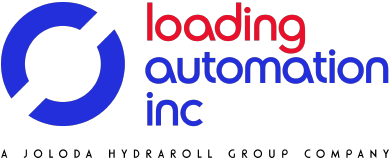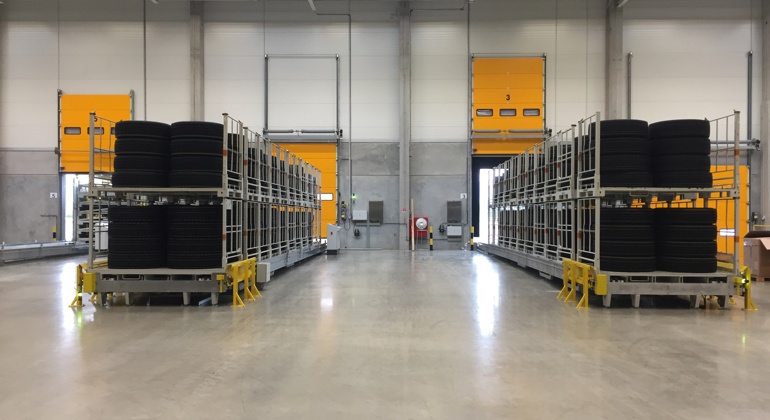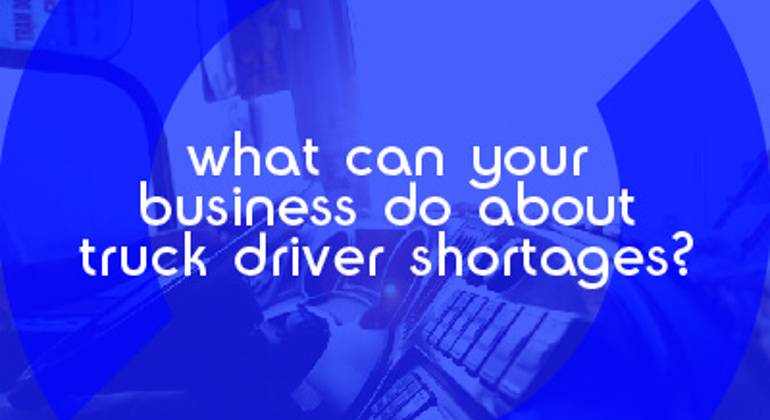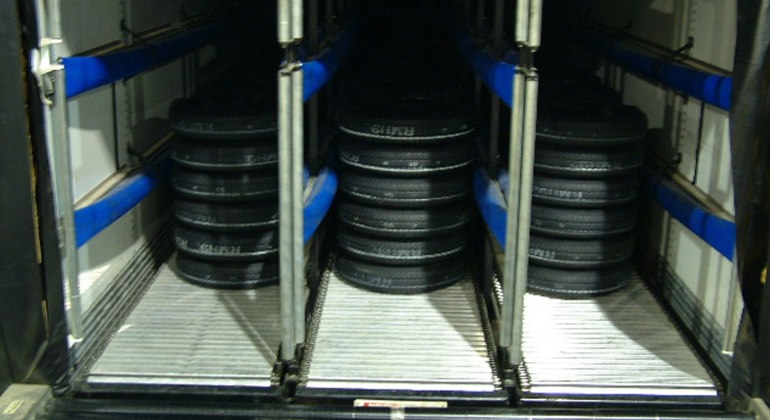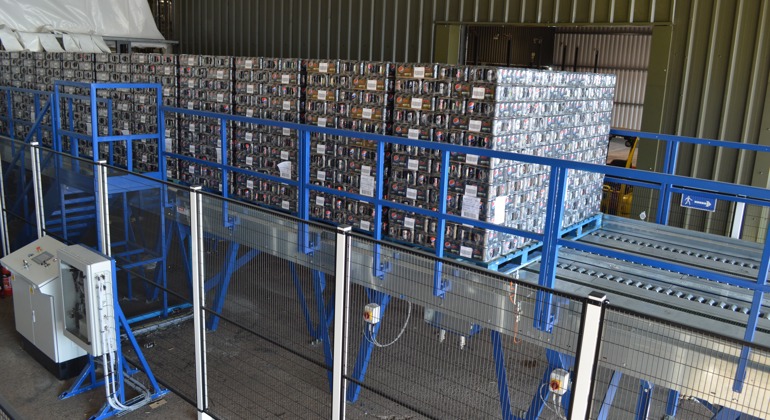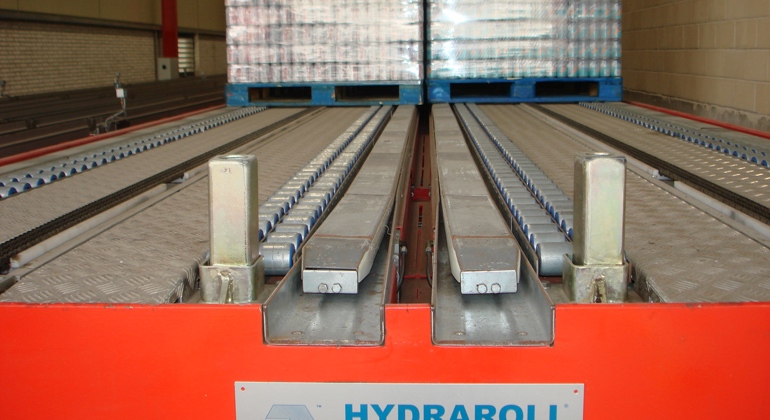Logistics is a complicated field, and it’s getting more expensive by the day. One of the main costs is transportation, something which you have to invest in to get your goods out to the customers intact and in a timely fashion.
Unfortunately, it’s a big cost and one you should try to keep down as much as possible without putting your workers at risk. Below we look at some of the main logistics costs, at some of the factors that affect transportation costs and discuss different ways to reduce them. We’ll also explain how our Automated Loading Systems can help you to lower your own transportation costs.
Book a FREE Loading Assessment
Learn how to make the loading process safer and more efficient with a no-obligation assessment...
BOOK NOW